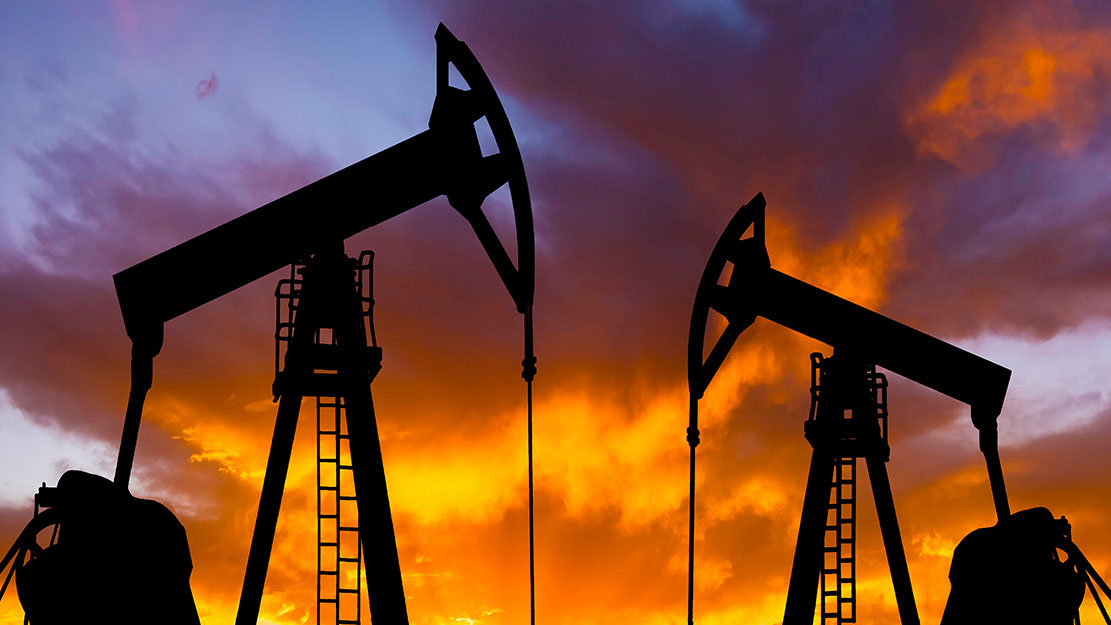Risk appetite improves
SHORT-TERM TREND
April was a typical risk-on month, as U.S. rates drifted lower
Risk

- High-yield and emerging-market corporate credit underperformed.
- The U.S. dollar weakened, and European and emerging-market currencies gained.
- Oil prices fell as precious metals and agricultural commodities advanced.
- Technology and growth stocks benefited the most from the rates rally.
- Small-cap and emerging-market equities underperformed.
LONG-TERM CYCLE
This 10-year illustration captures the cyclicality of investors' appetite for risk.
Sept–Nov '11
Eruption and subsequent clearing of concerns over EU sovereign debt crisis, U.S. debt ceiling, and fear of China hard landing drive major risk sell-off and rally.
March '16–Jan '18
Risk assets rally amid improving commodity prices, perceived stability in China's macro data, and expectations for gradualist Fed policy.
March '20–present
The coronavirus pandemic has created large swings in global risk appetite.
Source: Putnam. Data as April 30, 2021. To create the Global Risk Appetite Index, we weigh the monthly relative returns of 30 different asset classes over 3-month T-bills relative to the trailing 2-year volatility of each asset class. The higher the relative return and the lower the volatility, the greater the risk appetite; conversely, the lower the relative return and the higher the volatility, the stronger the risk aversion.







